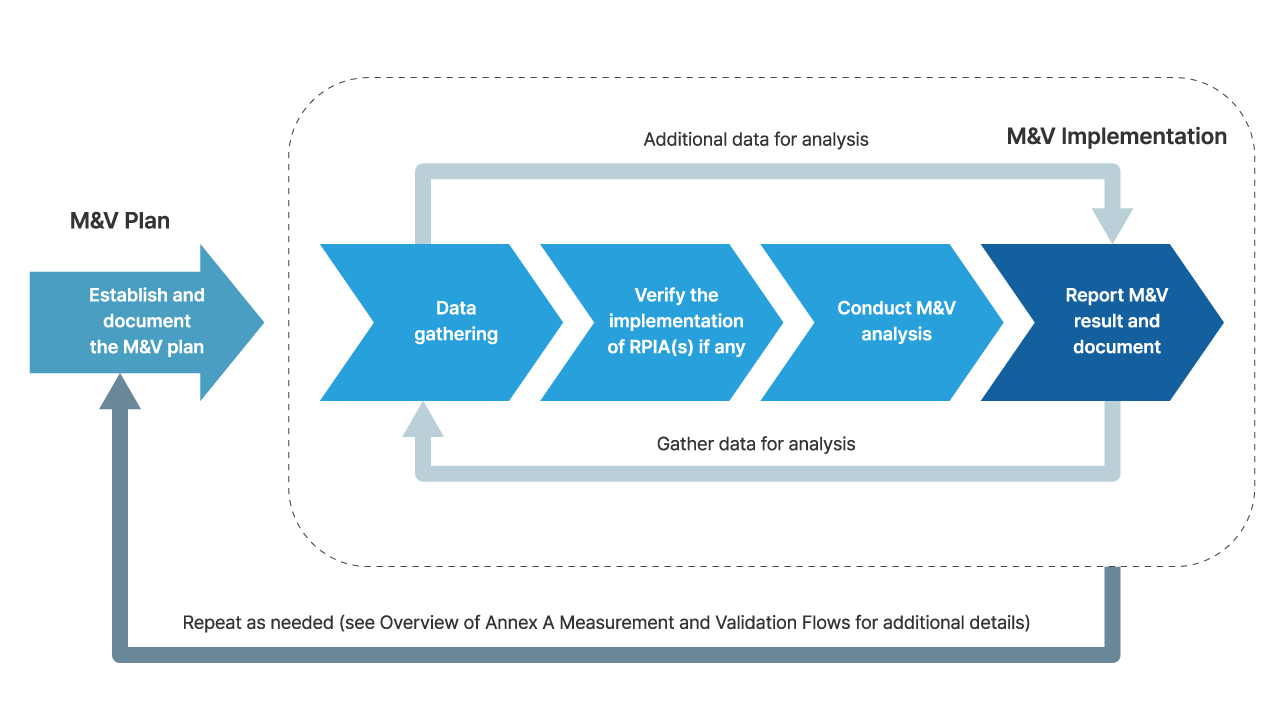Introduction to ISO 50001 Related Requirements Guidelines
Page Information

Contents
Introduction to ISO 50001 Related Requirements Guidelines
ISO 50002, ISO 50006, ISO 50015, and ISO 50047 provide the knowledge necessary for organizations
seeking certification to understand and meet the requirements of ISO 50001.
In addition, ISO 50003:2021 stipulates that ISO 50001 auditors shall possess
additional knowledge of the four requirements.
 < ISO 50001 Related Requirements Guidelines >
< ISO 50001 Related Requirements Guidelines >
1. ISO 50002:2014 Energy audits — Requirements with guidance for use
ISO 50002:2014 requirements present requirements including guidance for conducting energy audit about energy performance. The requirements consist of scope, Normative references, terms and definitions, principles, conducting energy audit, and Annex A. This requirement can be applied as ISO 50001 requires energy review to be carried out and energy performance to be improved. It is also applicable to all forms of institution and organization and to all forms of energy and energy use.
Energy audit
Energy audit can improve energy performance, reduce energy waste, and gain related environmental benefits. Energy audit can support energy review, facilitate monitoring, measurement, and analysis, and can be used independently based on appropriate measurements and observations of energy use, energy efficiency and usage.
2. ISO 50006:2014 Energy management systems — Measuring energy performance using energy baselines(EnB) and energy performance indicators(EnPI) — General principles and guidance
ISO 50006:2014 requirements provide guidance on how to meet ISO 50001 requirements by establishing and using Energy Performance Indicators (EnPIs) and Energy Baseline (EnBs). The requirements consist of scope, Normative references, terms and definitions, energy performance measurements, annexes A, B, C, D and E. This requirement is used to measure and quantify energy performance effectively. It can also be applied to any organization, regardless of its size, shape, location, or maturity in energy management.
Energy Performance Indicators
Energy Performance Indicators (EnPIs) are values or measures that quantify energy performance, and Energy Baseline (EnB) is a quantitative criterion that provides a basis for comparison with energy performance. Organizations can use this to measure energy performance quantitatively. This effectively manages the energy performance of facilities, systems, processes, and equipment. In addition, continuous monitoring and visualization of this data can be performed to continuously improve energy performance.
3. ISO 50015:2014 – Energy management systems — Measurement and verification of energy performance of organizations — General principles and guidance
ISO 50015:2014 requirements are established and provided with general needle and guidance for the energy performance measurement and verification (M&V) process for an organization or its components. The requirements consist of scope, Normative references, terms and definitions, measurement and verification principles, measurement and verification planning, execution of M&V planning, uncertainty, measurement and verification documentation, Annex. M&V can increase value by improving reliability and energy performance and improvement results. This requirement can be used independently or in conjunction with other requirements or conventions and can be applied to all types of energy.
Measurement and Verification (M&V)
M&V is defined as the range of organizational, physical, workplace, facilities, equipment, systems, processes, or activities in which energy performance or energy performance improvement is measured and verified. M&V basically has six processes.
 < M&V Process >
< M&V Process >
4. ISO 50047:2016 Energy savings — Determination of energy savings in organizations
ISO 50047:2016 requirements provide an approach to determining energy savings for organizations. These requirements consist of scope, Normative references, terms and definitions, preliminary considerations and boundaries, energy accounting, data preparation for determination of energy savings, calculation of energy savings, improving the accuracy of energy savings results, reporting energy savings, and Annex. It is available to all organizations, whether or not they have an energy management system such as ISO 50001, and organizations can decide on energy conservation through one of two approaches: an organization-based approach and an EPIA-based approach.
ISO 50047:2016 addresses the following topics in the context of energy savings :
- • Establishing the purpose of determining energy savings;
- • Determining boundaries;
- • Energy accounting, including primary and delivered energy and the use of common energy units;
- • Selecting an approach for the determination of energy savings;
- • Establishing an energy baseline;
- • Normalization of energy consumption;
- • Determination of energy savings;
- • Reporting and other matters.
- PreviousTopic: misuse of "FDA Approved" statement and FDA logo 23.07.26
- NextBusiness-related Management System Standard 23.06.28
Comment list
There are no registered comments.

